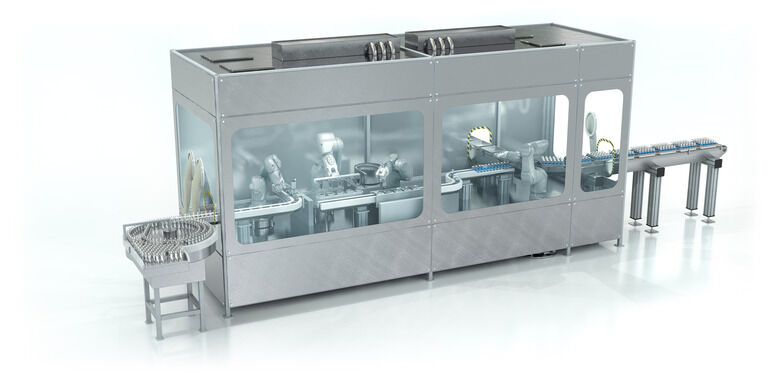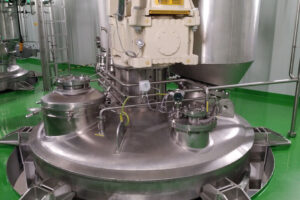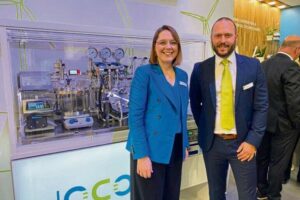Stäubli has been a partner to the pharmaceutical industry for decades. Its groundbreaking Stericlean series, launched in 2008, was the world’s first robot designed to operate in areas with rigorous cleaning procedures. They have since been deployed in pharmaceutical and biotech labs and production facilities worldwide, where they bring new levels of efficiency to material handling, fill-finish, and many other applications.
The current era, defined by new market challenges and stricter regulations such as the revised GMP Annex 1, requires solutions that can stand up to heightened regulatory scrutiny while elevating efficiency and increasing output.
Minimizing human intervention is always a major theme in pharmaceutical industry automation. The revised Annex 1 specifically emphasizes the need to reduce human intervention in aseptic processes and increase automation to lower the risk of contamination while scaling production.
Automation and robots have long been the norm in Grade A/B areas, where product containers remain open, and the risk of contamination is high. However, open systems that allow manual fault intervention via glove ports continue to pose risks. Annex 1 discourages the use of glove ports, accelerating the trend toward closed automated systems with gloveless isolators. In such systems, the same robots that perform process tasks can handle fault interventions with the use of telemanipulation, thereby eliminating the risks.
In an interactive exhibit at ACHEMA, attendees have the opportunity to test Stäubli’s telemanipulation functionality hands-on, moving a TX2–60 Stericlean+ robot with an optional hollow wrist using a joystick rather than gloved hands – a technological advancement that promises to propel the industry forward in its evolution. dl
Stäubli Tec-Systems GmbH
Achema: Hall 3.1, Stand J72








